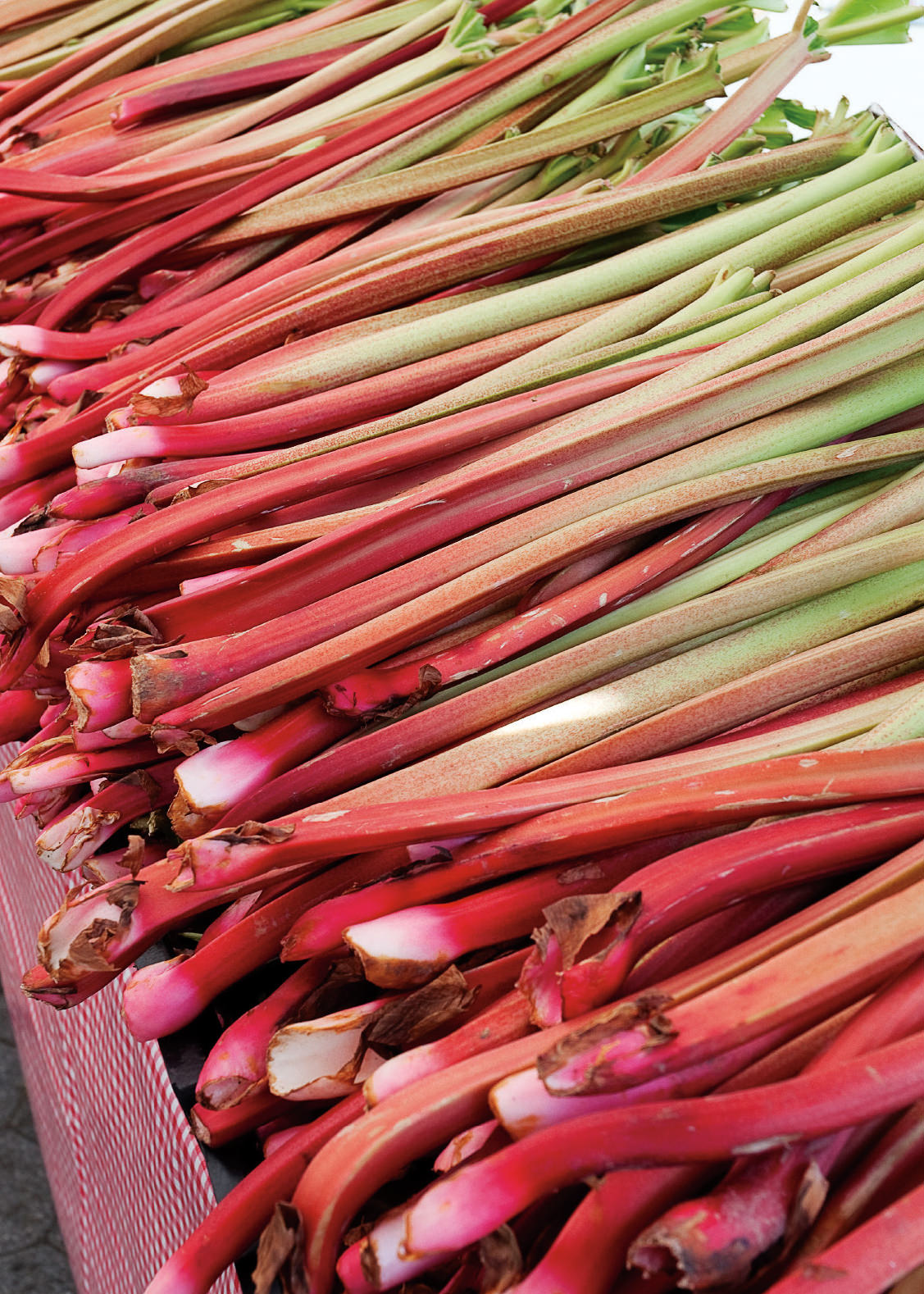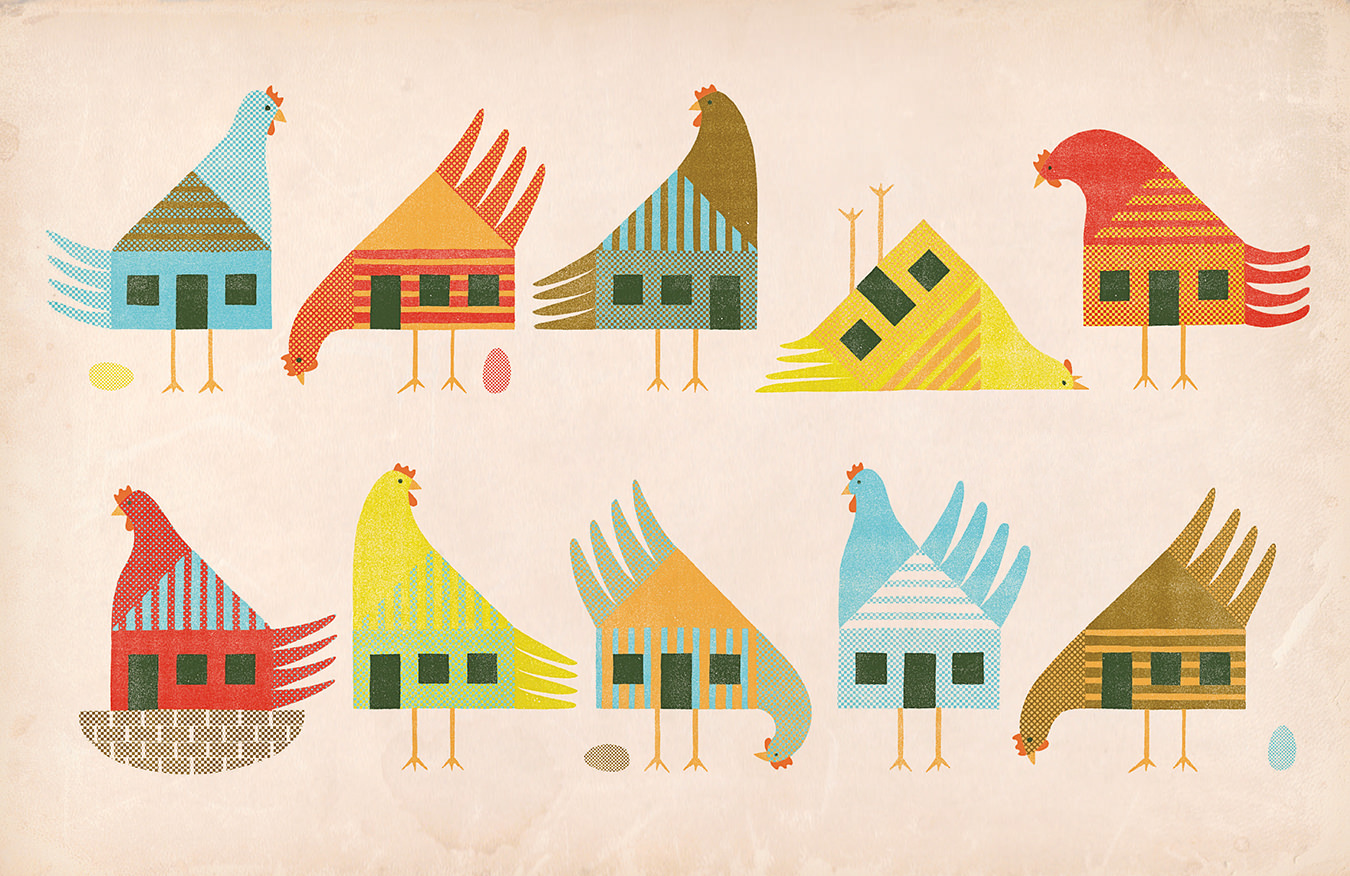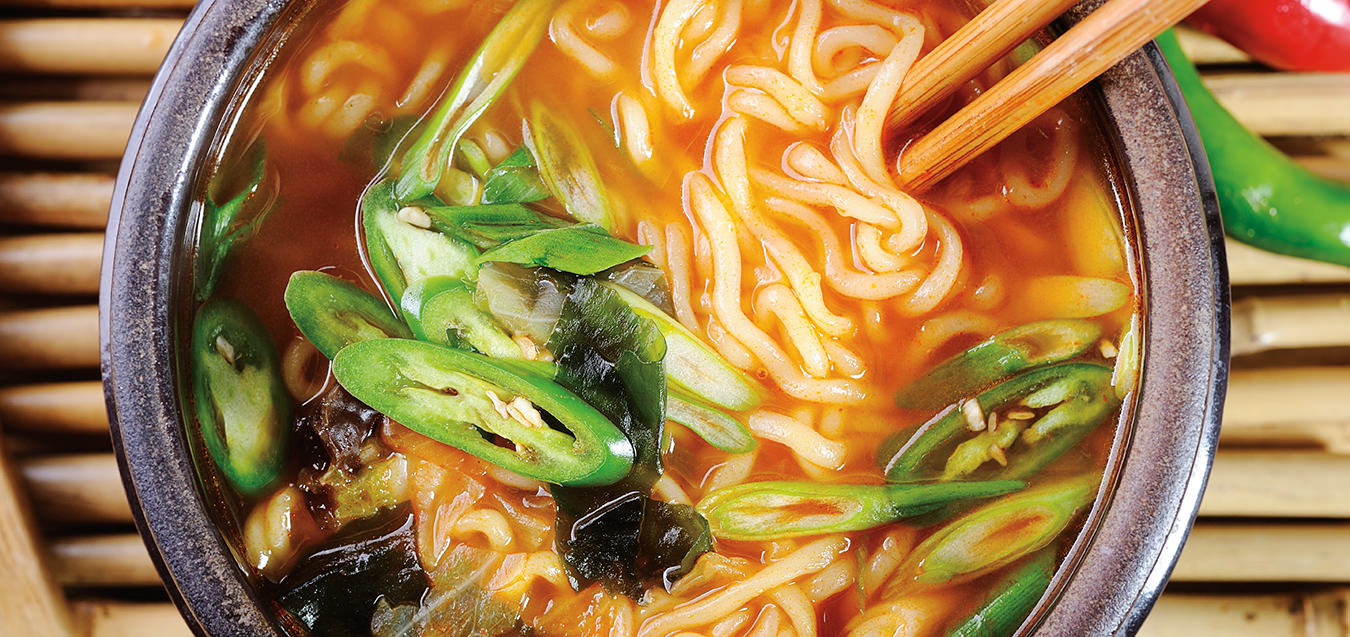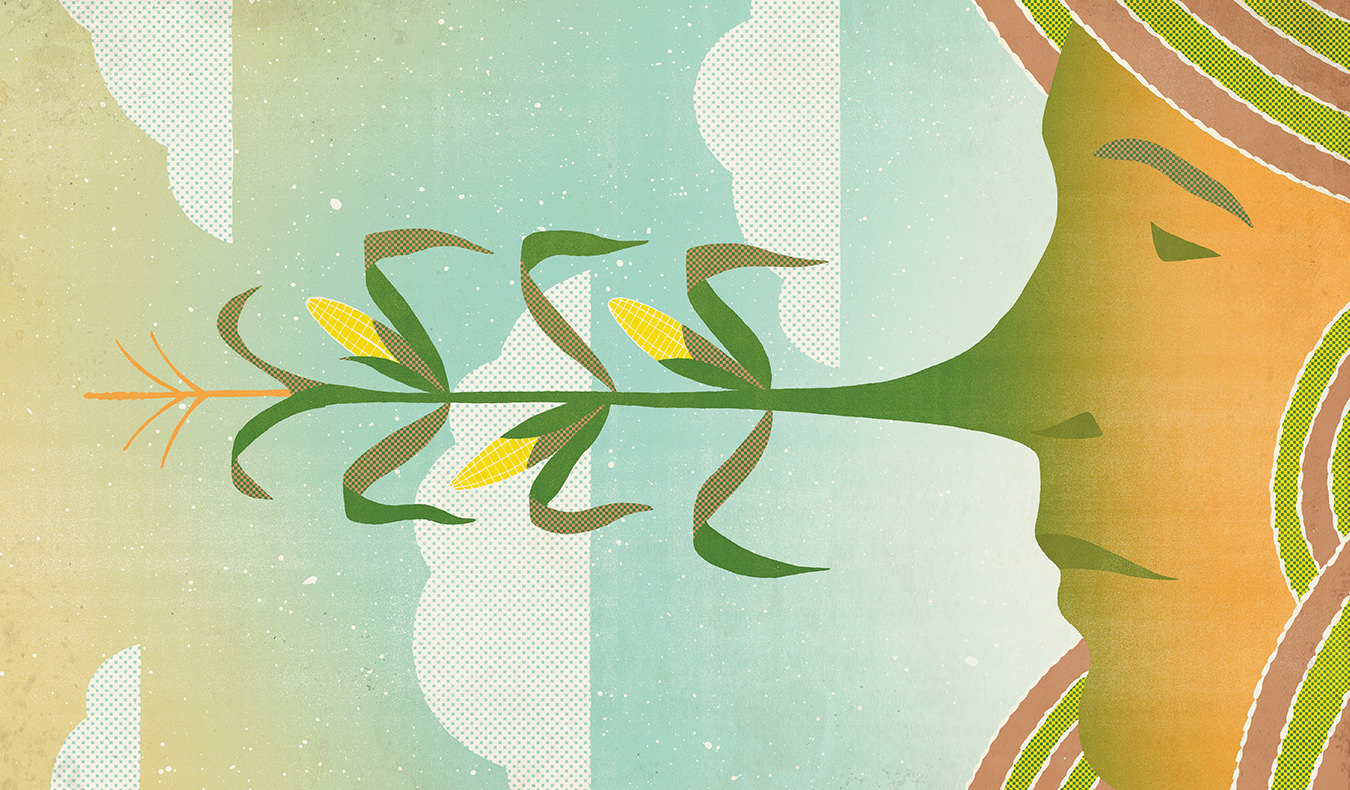The Cultural History of Rhubarb
Stately stalks.

Photo ©Jeffrey Rauch/iStock Photo.
Somewhere along my route to becoming a gardener, I’d heard that planted rhubarb crowns wilted and died if you moved them. It’s a horticultural myth, it turned out, a fact I only discovered recently, which is why, for the past four years, two vigorous rhubarb plants have loomed like roguish louts over the daisies and day lilies in an otherwise dainty flower border.
Although the story of rhubarb’s immovability did turn out to be apocryphal, rumours of its split personality are true. To be blunt, Rheum rhabarbarum has a body to delight in and a head for death. While its astringent stems are a spring wake-up call to winter-dulled taste buds, its big, sculptural leaves contain poisonous oxalic acid (although you would need to eat huge amounts to do yourself serious harm). Whether it’s safe to compost those leaves is a question often googled (they are), along with if rhubarb is a fruit or a vegetable. The answer is, in a way, both: technically, it’s a veggie, but more often than not we use it as a fruit.
Don’t ever confuse rhubarb with what’s called “giant rhubarb.” From its prickly leaves to its habit of growing where it’s not wanted, Gunnera manicata is nothing like the kind that belongs in the kitchen. Greedy for water, it loves living in marshy spots and, although it may not be rhubarb, it’s definitely giant—one record-breaking leaf, grown in Dorset, United Kingdom, measured 3.3 metres across.
Small amounts of the real thing show up in cosmetics and bath products; it lends its name to lipsticks. Last year, fragrance company Jo Malone introduced a scent called White Lilac and Rhubarb.
So it does have a glamorous side, but that’s not what it’s famed for. Rhubarb mostly shows up in down-homey desserts like pies and crumbles, but it can also hold its own in haute cuisine. At Noma in Copenhagen, repeatedly voted the world’s best restaurant, the tender stalks have been served with milk curds. Thomas Keller features it in his cookbook The French Laundry as a confit paired with navel oranges, candied fennel, and mascarpone sorbet. Think of rhubarb as a ruffian that’s climbed the culinary ladder—one theory posits that one of the origins of the name has the “barb” part stemming from the same etymological root as “barbarian”.
Rhubarb has been around for ages. First known in Asia around 2700 BC and introduced to Europe around the 14th century, rhubarb was once a highly valuable commodity costing more than rare spices like saffron and cinnamon, and valued for its laxative qualities, common knowledge in Shakespearean times: “What rhubarb, cyme, or what purgative drug, / Would scour these English hence?” growled Macbeth. He was talking about the roots; it would be another couple of centuries before home cooks started using the stalks.
Shakespearean references aside, this long-stemmed lovely is surprisingly cultured. In the theatre, “rhubarb, rhubarb” is the traditional onstage background mutter relied on by extras. Published in Winnipeg, Rhubarb magazine fills its pages with Manitoba Mennonite writing, and Rheum rhabarbarum, while difficult to rhyme, has even appeared in songs by deft lyricists like John Cleese. In his pre–Monty Python days, Cleese’s “Rhubarb Tart Song” paired “rhubarb tart” with “Jean-Paul Sartre” and “René Descartes”.
What a philosophical debate they could have had over the fruit-versus-veg issue—and rhubarb’s culinary uses are just as divided. Pie, tart, chutney, and the heaven-sent summer marriage of strawberries and rhubarb are only the start of something that rivals lemons as a go-to ingredient. In Paris, crowds spill off the sidewalk as they line up for scoops of Berthillon rhubarb sorbet. Rhubarb gelato wows in Italy, where it’s sometimes teamed with just as impressively stalked angelica. Sweden warms itself with Rhuby liqueur, and in London, at the über-cool bar at Dabbous, homemade rhubarb syrup is mixed with aquavit and apple juice to create a Disco Rhubarb. But for home cooks, rhubarb really leaps into the limelight in the puckery sharpness that knifes so effectively through the richness of oily fish like salmon and mackerel.
Rhubarb isn’t sticky like oranges, or fiddly like pomegranates, or smelly like onions, and it doesn’t need nitpicky cleaning like leeks do. Just top and tail it, pull off the chewy strings that run the length of the stalk, and then simply chop it into short pieces. Although it’s a harbinger of spring, rhubarb can now be found year-round. Used to seeing it in the produce aisle, we may take it for granted, but in some places, it gets enormous respect. In Yorkshire, in an area known as the Rhubarb Triangle, the stately stalks have received the equivalent of an Appellation d’Origine Contrôlée designation, putting it on a level with champagne and Roquefort.
Rhubarb is outstandingly easy to grow. Just be kind to it for the first year and leave it alone, and then harvest only a little the next. After that, you can pick it right through until the end of summer—never cutting, but always twisting off the stalks at the crown. Some rhubarb is green, some pink or red, and occasionally it’s striped, like blushing celery. But what guarantees rosiness is a shocking story of horti-cruelty that rivals battery farming. Pity the poor rhubarb, wrenched from its natural surroundings and raised in the dark in “forcing sheds” to enhance its pinkness. Grown in these vegetable red rooms of pain, the plants become so enervated that they can only produce a single crop. The natural and the pretty-in-pink crop is hard to beat for deliciousness.
Photo ©Jeffrey Rauch/iStock Photo.
Originally published March 28, 2016.
_________
Never miss a story. Sign up for NUVO’s weekly newsletter.



